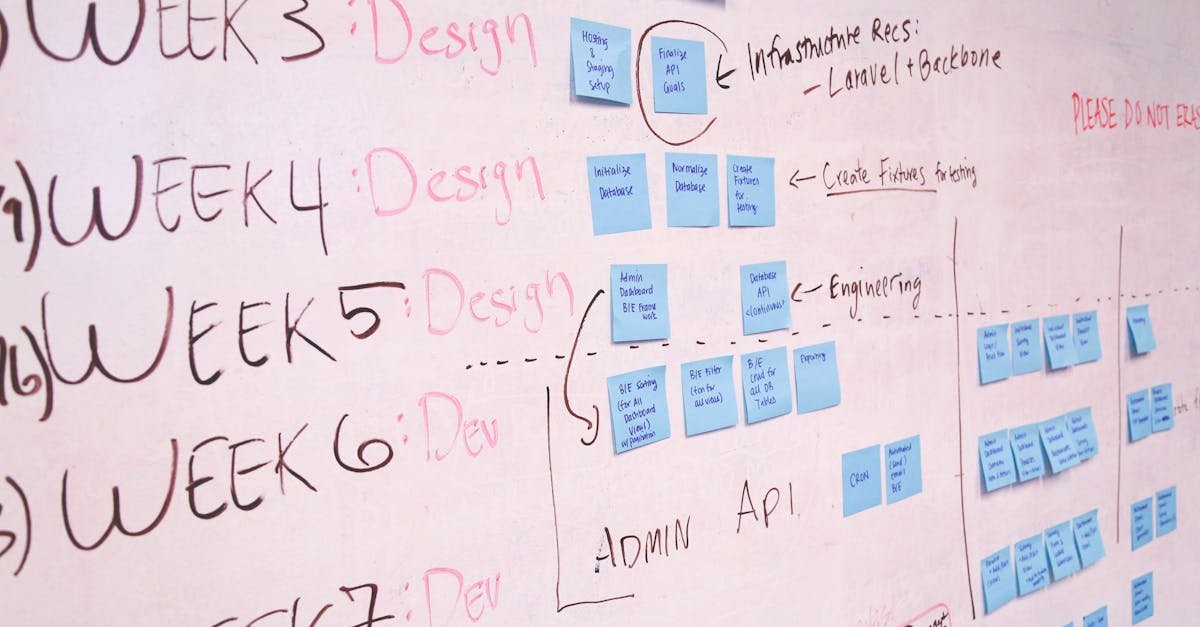Streamlining Success: Mastering Process Mapping for Efficiency
Feeling Overwhelmed? Let’s Talk Process Mapping It’s 9 AM, and you’re staring at your screen, a million things to do racing through your mind. You wonder, “Where do I even begin?” Picture this: you’re juggling responsibilities, deadlines looming, and your team needs clarity to get things moving. Suddenly, you remember—process mapping. This concept can feel like a lifeboat amidst a stormy sea. It simplifies your chaos into a straightforward path to success. What is Process Mapping Anyway? Alright, let’s get real. Process mapping is more than just drawing pretty diagrams. It’s about visualizing workflow and identifying areas for improvement. When you map out processes, you’re essentially creating a roadmap for efficiency. This isn’t just for big organizations; entrepreneurs, small businesses, and teams can reap the rewards too. Why Does It Matter? Let’s break it down. Why should you care about process mapping? Here’s the thing: When you have clear processes, your team feels empowered. There’s less ambiguity and confusion—everyone knows their role. Plus, it’s the key to shared services transformation. As a part of the shared services industry, mastering this skill can totally change how efficiently your organization runs. Getting Started: The Practical Steps Ready to dive in? Here’s how to create your process map: Identify the Scope: Determine which processes need mapping. Gather Your Team: Collaborate with stakeholders to define the process. Document the Current State: Map out how things are done right now. Identify Pain Points: Look for areas of inefficiency. Design the Ideal State: Envision how the process should ideally flow. Test & Iterate: Pilot the new process and refine based on feedback. Choosing the right tools can make a huge difference too. From Excel sheets to specialized software, the options are endless. Just pick what feels right for your team’s needs. Common Challenges in Process Mapping Let’s face it—nothing ever goes smoothly. You might run into hurdles like team resistance, unclear processes, or lack of engagement. Here are a few challenges you might encounter: Resistance to Change: People are creatures of habit. Change can be intimidating. Lack of Clarity: Sometimes the current process is so tangled that it’s hard to map. Limited Participation: If only a few people are involved, your map may miss critical insights. The key is to involve everyone. Build a culture that embraces change and transparency. Success Stories: Real-World Examples Imagine a global finance team—over 500 people in different locations, all handling customer inquiries. It sounds chaotic, right? But they decided to implement process mapping. By creating clear visual workflows, they identified redundant steps, streamlined communication, and reduced response time by 20%. Or consider a technology start-up that struggled with onboarding new employees. By mapping their hiring process, they cut onboarding time in half! Tools to Make Life Easier Technology is your friend here. A few tools can make process mapping way easier: Lucidchart: Great for collaborative visual mapping. Domino: Helps with process flow management. Bizagi: A user-friendly workflow design solution. Microsoft Visio: Classic tool for creating detailed diagrams. Final Thoughts on Mastering Process Mapping Mastering process mapping isn’t just a checkbox on your to-do list—it’s transformational. When you tighten up your processes, your entire organization will feel the benefit. So, whether you’re an associate, a senior associate, a process expert, or a super user, it’s time to bring process mapping into your toolkit and watch your efficiency levels skyrocket. Remember, it’s about building an agile, responsive organization that thrives on clarity and purpose. Thinking about shared services transformation? Process mapping is the groundwork on which that success is built. Want more insights and strategies? Check out THEGBSEDGE, a must-read blog for shared services professionals navigating innovation and leadership.
Streamlining Success: Mastering Process Mapping for Efficiency Read More »









